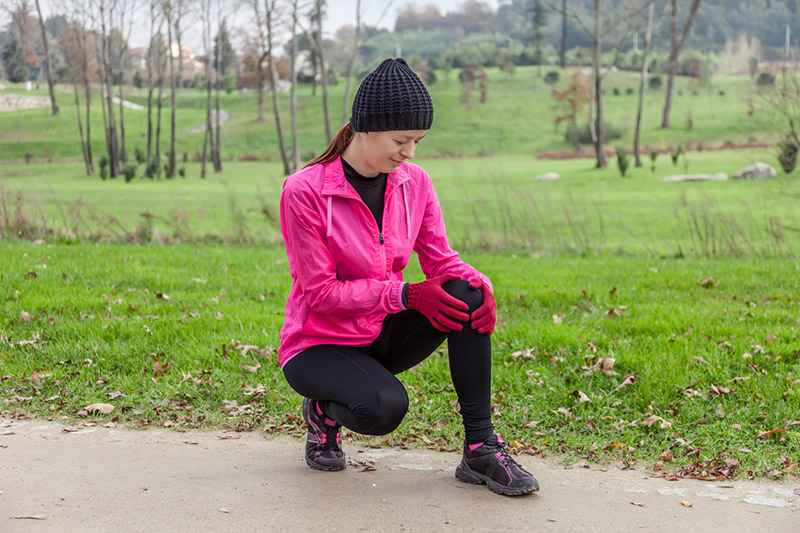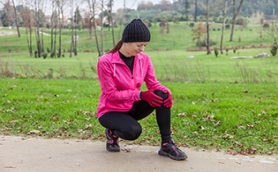
Stories about people being able to predict weather changes depending on their knee pain aren’t complete fiction. If you suffer from arthritis, there is a good chance you can feel a storm coming by the increase in your joint pain. There does appear to be a scientific basis for this phenomenon.
In a study conducted on 712 people with osteoarthritis, 469 people (69%) reported their joint pain to be weather sensitive. Other studies conducted on people with rheumatoid arthritis demonstrated similar results. Interestingly, it is the fluctuation in the barometer that affect joint pain and not the low barometric pressure itself. The general consensus is the onset of cold and damp weather is the worst for aggravating joint pain, but once the weather has settled in, the painful joint symptoms tend to go away or become less severe.
Here are some theories as to how changes in the barometer affect joint pain:
- The wearing down of the cartilage within the joint that occurs with osteoarthritis exposes nerve endings which pick up pressure changes resulting in pain.
- Barometric pressure changes cause expansion and contraction of the ligaments, tendon, and cartilage within the joint and this causes the increase in pain.
- The viscous joint fluid which is supposed to reduce friction between the bones in the joints becomes thicker in the cold weather and that causes joint stiffness and pain.
- The cold and wet weather causes people to be less active. Inactivity worsens joint pain in people with arthritis.
To reduce weather related joint pain, try to dress appropriately with warm clothing, take warm showers to soothe aching joints, take an occasional pain pill as recommended by your doctor, and stay active by exercising regularly, but remember to warm up properly before engaging in vigorous activity. Visit your doctor or an orthopedic specialist for joint pain that continues even after trying these recommendations.
Dr. Jacob brings cutting edge techniques and technology to the Oklahoma City area. He has extensive training in minimally invasive, rapid recovery joint replacement as well as robotically assisted hip and knee replacement. Dr. Jacob is a pioneer in outpatient joint replacement allowing some patients to go home the same day as their procedure and recover in the comfort of their own home. The cornerstone of Dr. Jacob’s practice is to have the recovery process be easier, faster and less painful allowing his patients to get back into the game of life. Dr. Jacob is committed to bringing the highest level of orthopedic care while treating each and every patient like a family member. Providing you with patient centered care you can trust.













